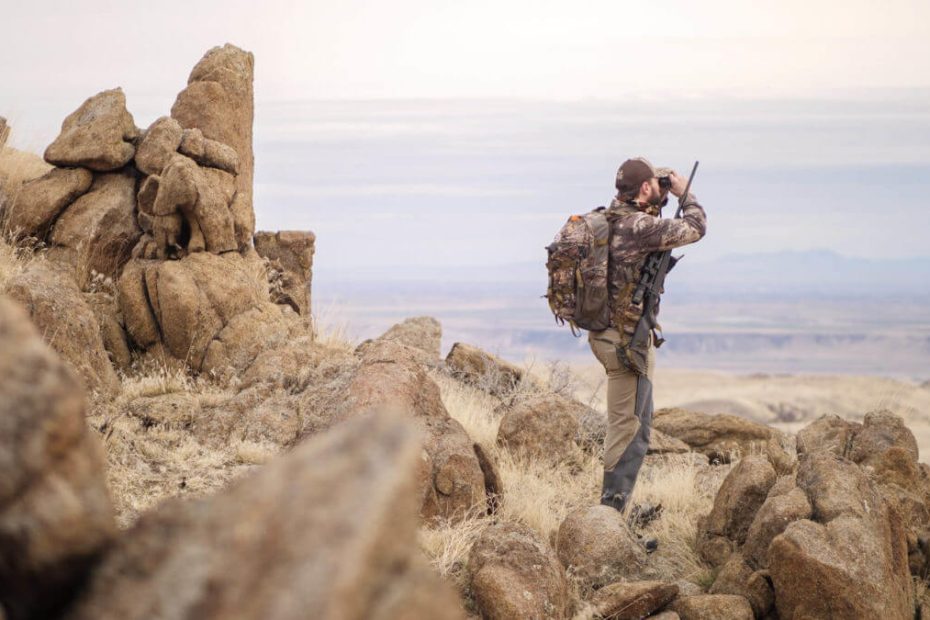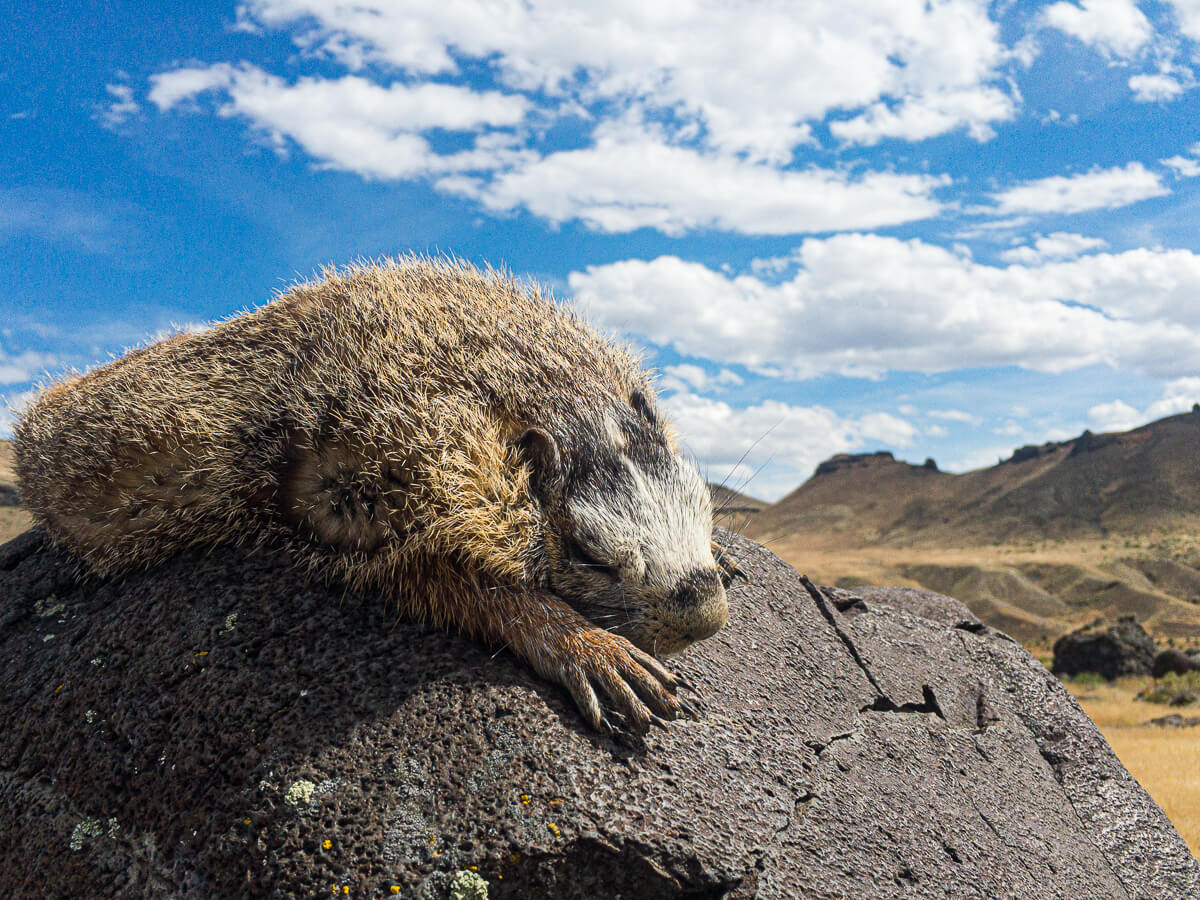
The best squirrel hunting you’ll find in much of the West is pursuing yellow-bellied marmots. We’ve got limited opportunities to hunt fox squirrels and red squirrels just aren’t very large. Marmots are among the largest critters in the squirrel family and are found across the country, especially in the northern latitudes and high elevations. They make their homes in rock piles and eat grass.
Yup, I’m talking about rock chucks.
Marmots
In the East, you’ll know them as woodchucks or groundhogs, like Puxatony Phil of Groundhog Day. Suburban recreationists consider them an adorable high altitude wildlife sighting. But around the West, farmers consider them a crop-eating pest, while shooters consider them live-target practice.
Calling them rock chucks makes it easy to dismiss them as vermin, which makes it easy to shoot them as pests. But, if you’ll give them a chance, you’ll find that they are good table fare and a terrific way to keep your hunting skills sharp.
When to Hunt
You’ll find marmots active during daylight hours, though on hot days they’ll retreat to their burrows at midday. They come out just before sunrise and are gone at sundown. But don’t feel like you need to get up early. You can take a long lunch or leave work an hour early and have a good hunt.
Habits
Marmots like to live in rocky cliffs and rock piles near grassy fields. They hibernate as much as nine months of the year, depending on elevation and weather. They may emerge as early as February, or as late as June. In southwest Idaho, we start seeing them mid-March near farms and feedlots.
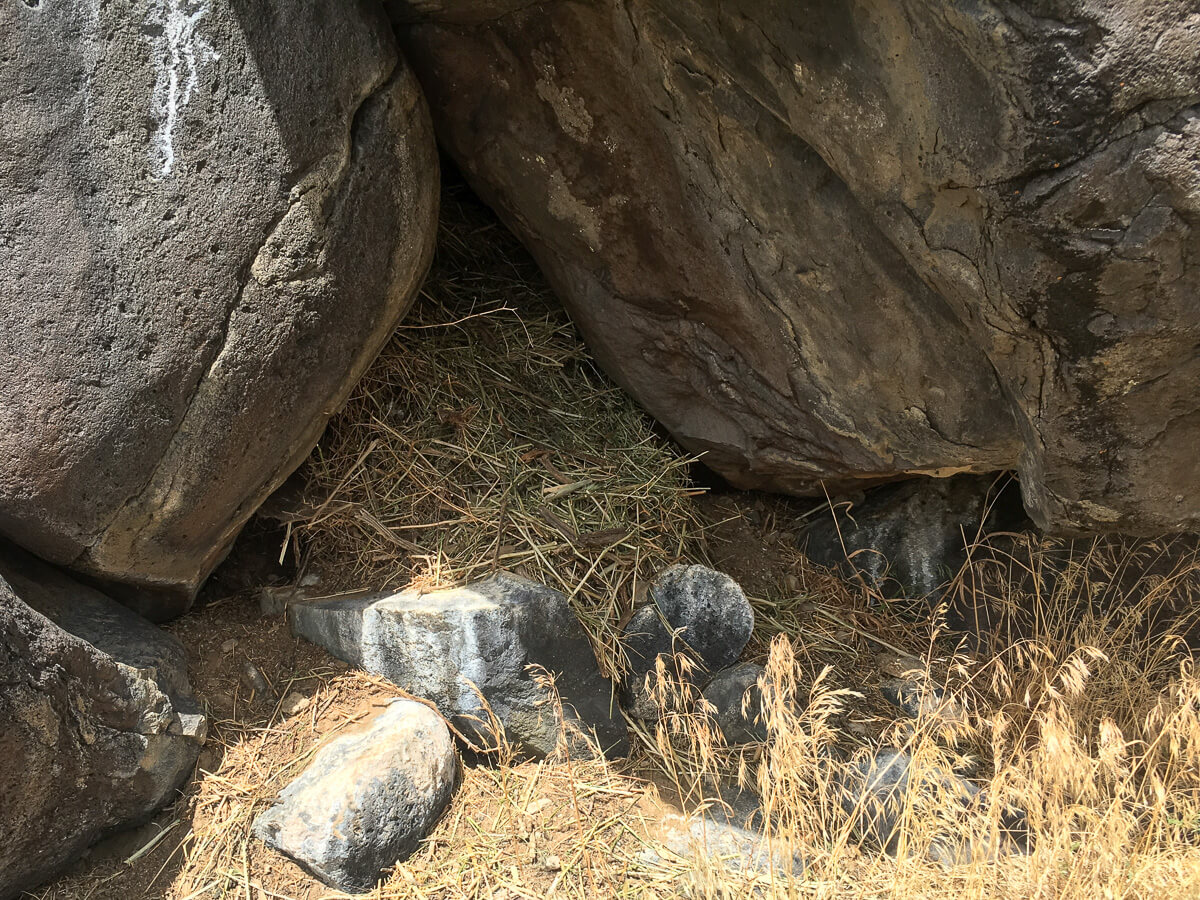
They eat like maniacs for a few months before going back into their dens to sleep through the hottest summer months and then through the winter.
Marmots are predictable. They live in groups of six to twenty and generally hang out in the same area. There’s usually a lookout who perches on a rock in the full sun and keeps an eye out while everyone else is feeding. You’ll often see them sprawled on a rock in the sun.
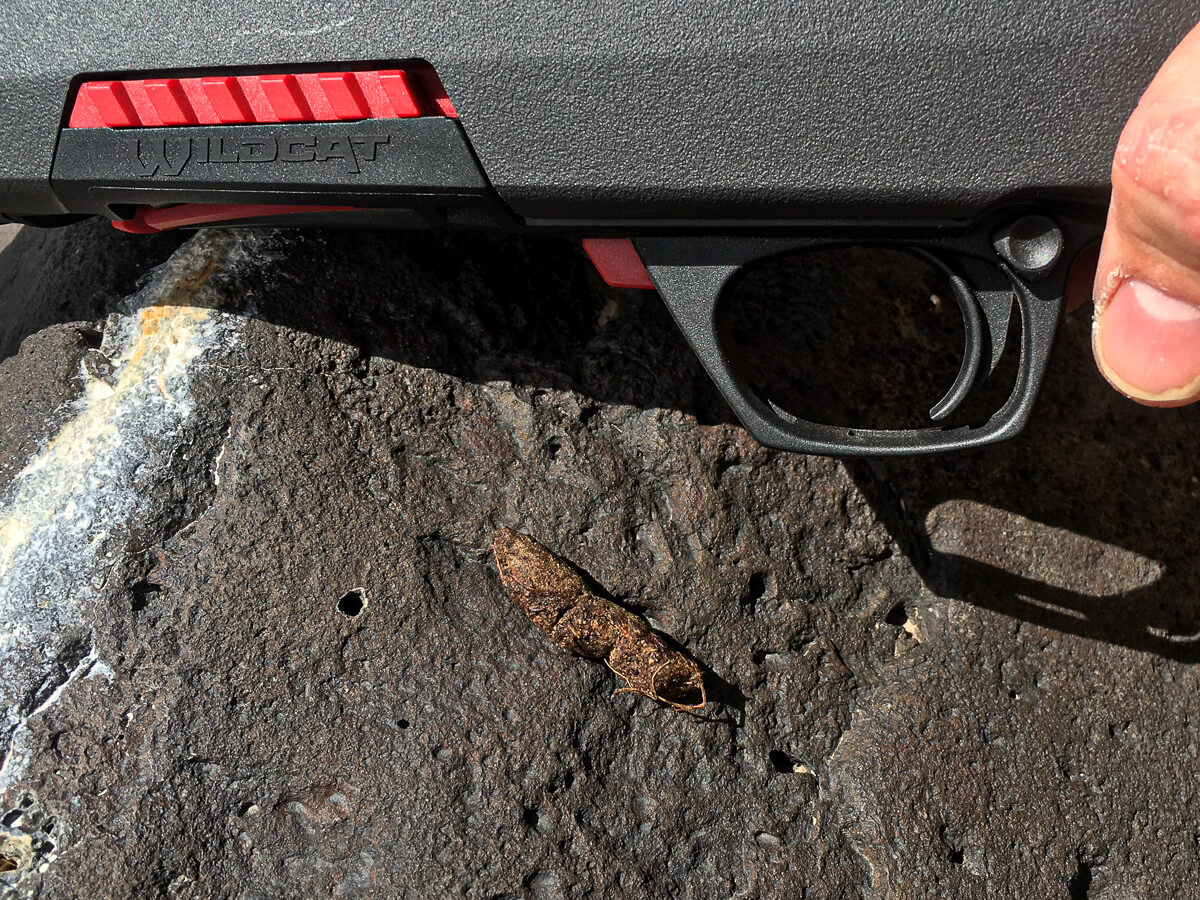
They have sharp vision, and if you’re within 300 yards they have probably noticed you. They’ll disappear from their perch but get another look at you from another spot a few feet away. Look for their little triangle-shaped heads sticking up from the outline of another rock.
Their sharp vision is why folks love to use them as long range targets.
Long Range Shooting
Their coloring blends well with rocks, but look for their bodies splayed out on a large prominent boulder. You’ll need binoculars and spotting scopes for extra range. Heat shimmer off the rocks can make spotting difficult, so the early hours are a little easier for long range shooting.
Marmots range from the size of a chihuahua to the size of a terrier. Remember to pick a spot on the critter to make a precise shot. They are remarkably resilient, so proper shot placement is key. Go for the lungs or head with a .223 to ensure a quick kill. Use .17 HMR to make headshots for a real challenge.
Of course, more powerful rounds will send them flying or exploding like pumpkins, but doesn’t leave much left to eat. It takes a lot of skill to shoot small rock chucks from a distance with a large caliber rifle, but hunting marmots with a .22 will hone your hunting skills in many ways.
Hunting Marmots
Marmots like open country and utilize their lookouts well. In busy areas, they’ll disappear when they see cars drive by, and they’ll run away if you get within 300 yards. When you hear their high sharp chirp you know you’ve been spotted and they’re running for cover.
Still, if you use good hunting techniques, you can get within 50 yards and kill them with a .22 long rifle. Since you’ll find lots of animals in one place and get many opportunities to kill them, they are a terrific hunt for first-time hunters and youth.
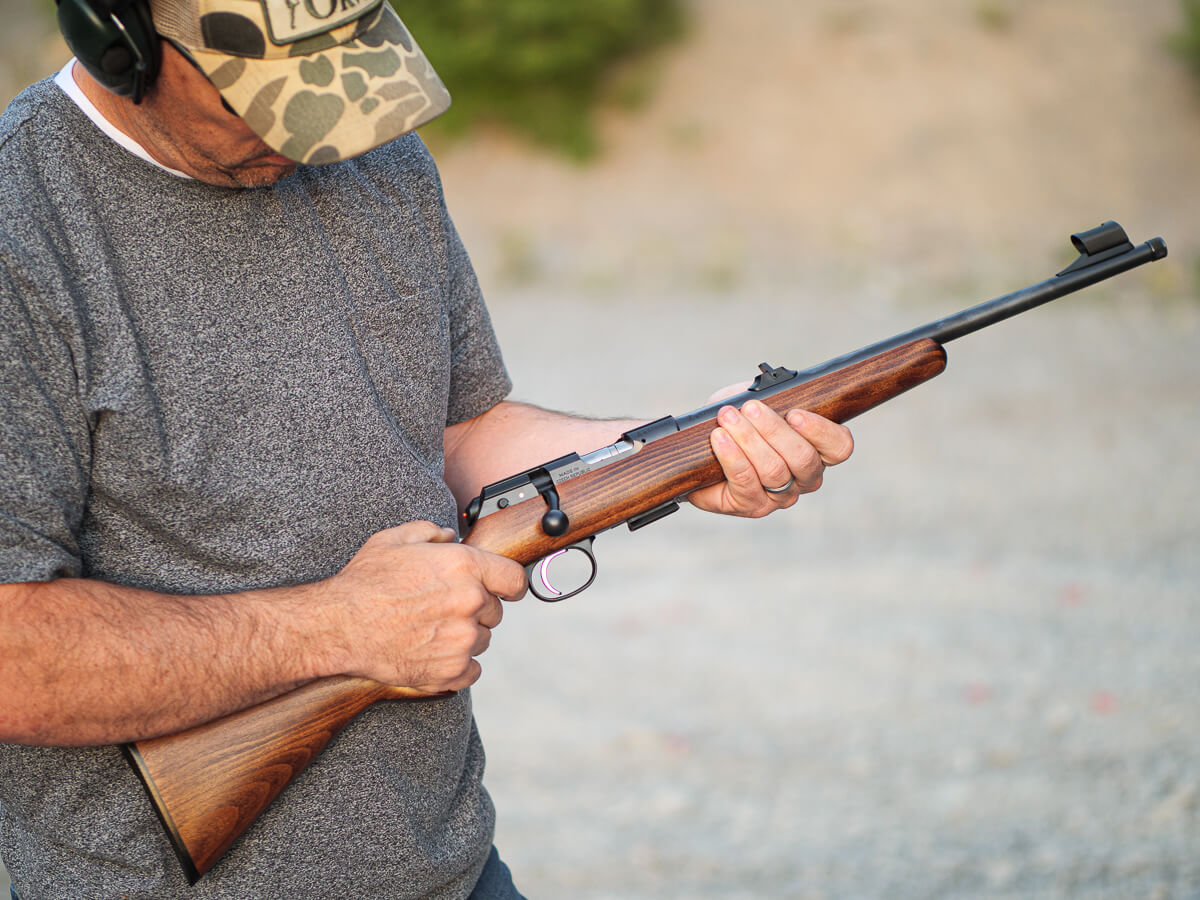
Gear
A .22 rifle is a terrific tool for hunting marmots. Ruger’s ubiquitous 10/22 is a good choice for fast followup shots, but making killer shots with a bolt-action gun, like CZ’s new 457 Rimfire Scout is very satisfying, too. Open sights are fine since most of your shots will be within fifty yards, but I prefer a light scope.
I just got Winchester’s new Wildcat .22 and fitted it with a Vanguard 1-4x scope. A 1x optic makes it easier to make shots on the move while zooming to 4x makes it easier to place killer shots from afar. Though it’s fairly short, the Wildcat’s heavy barrel is very accurate and consistent. A sling will make it easier to use binos as you walk.
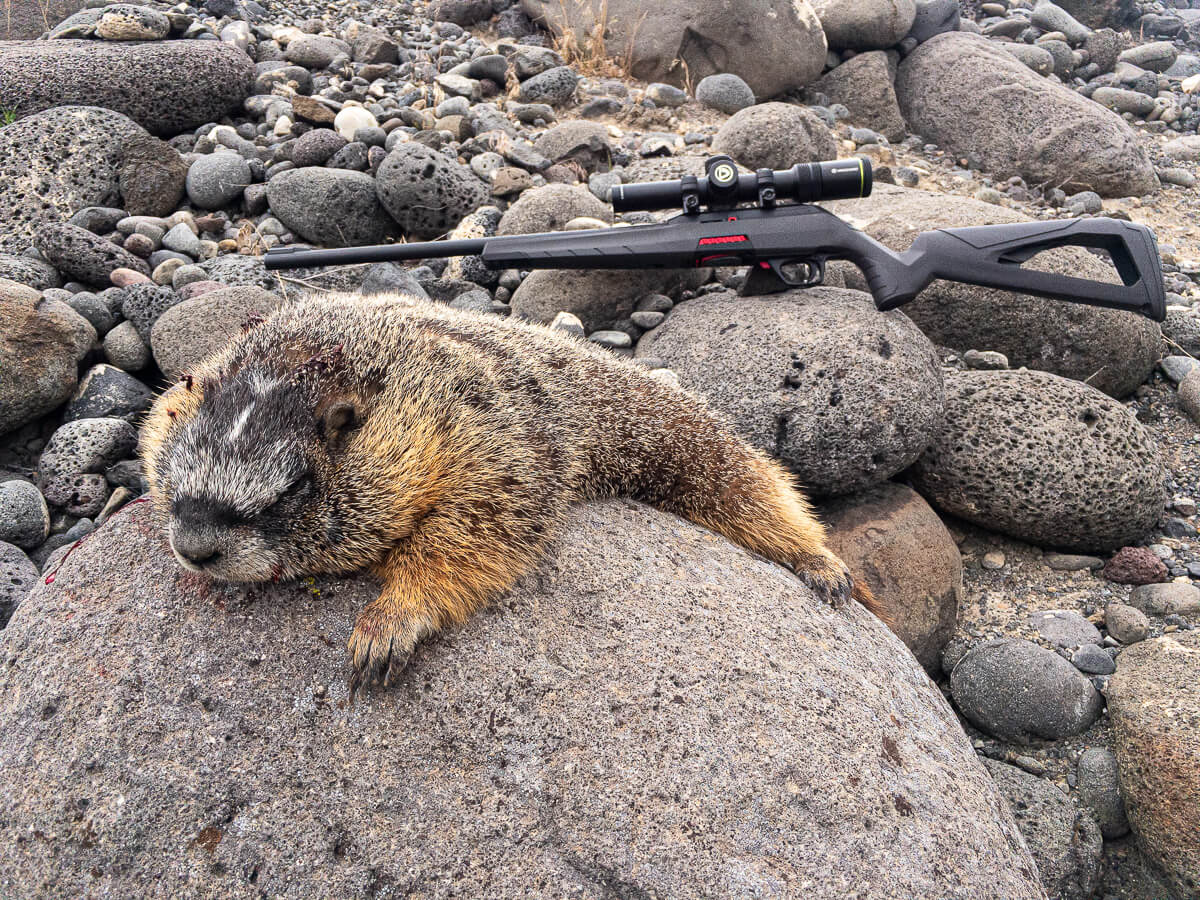
You’ll want 8x or 10x binoculars. Keep them around your neck and plan to use them continuously. Use a range finder to help you stalk within range. It’ll also hone your estimation skills for big game seasons.
Spotting
Marmots are often hunted and they associate vehicles with danger. Drive into your spot at normal speed and hide your vehicle behind a hill.
Be sneaky as you walk from behind mounds and rocks. Use your binoculars before exposing your whole body from behind cover. Don’t walk as you spot because they’ll see you. Look around carefully, then proceed.
Be Ready
You’ll spot marmots from a few hundred yards and you can plan a stalk, but also be ready for a jump shot. Unlike cottontails, they won’t stop and look back once they flush. You’ll get opportunities for a shot on the run, but remember to take aim and go for the lungs.
Stalking
Once you spot a marmot, use cover to stalk within range. Wear camo — like big game, they don’t see red colors well, but they see forms and movement very well. Camouflage will help break up your human shape.
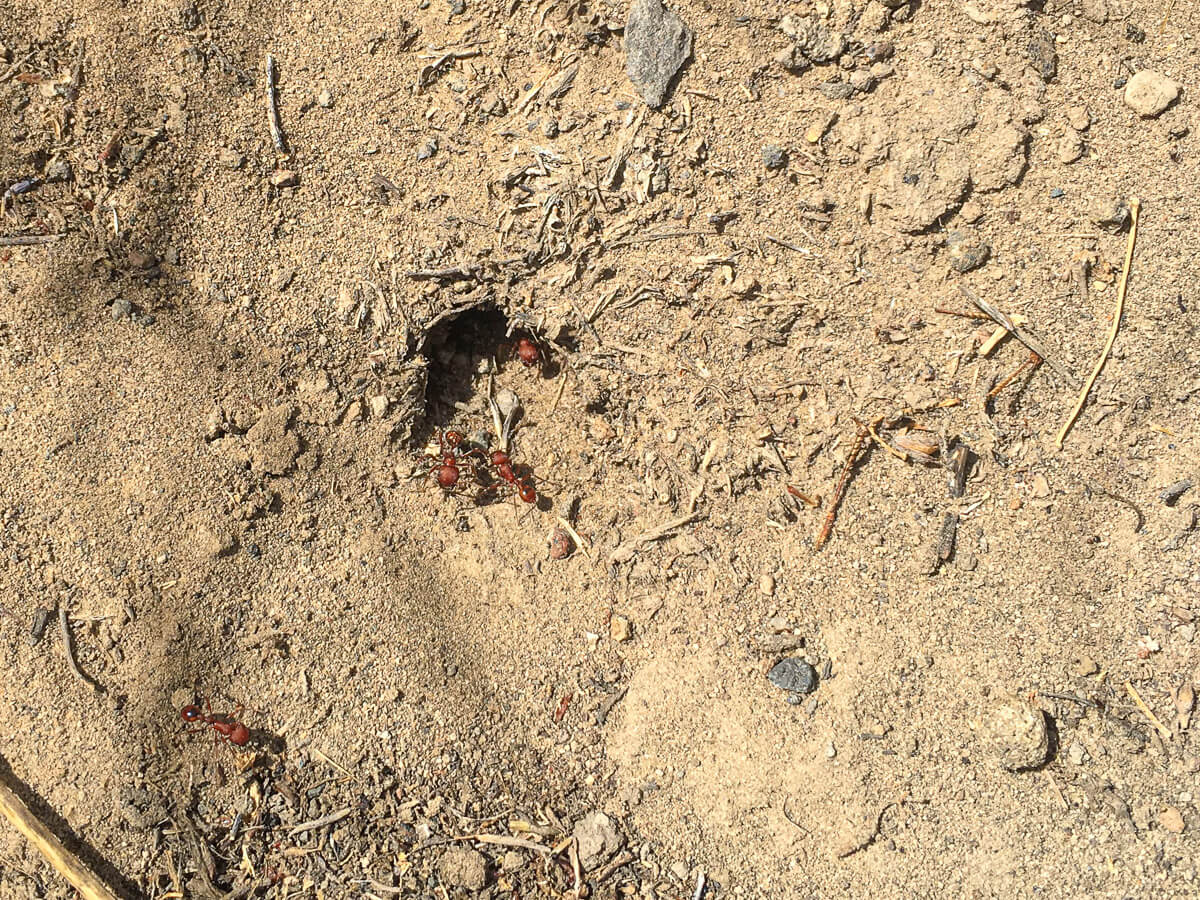
Use your rangefinder. If the critter is 156 yards away, you can range other rocks to find one you can use as cover to get a shot. A rock that is 120 yards from you will get you 36 yards away for a shot. Make sure that you can stay behind other rocks all the way there. You’ll find yourself on your knees occasionally. Watch out for ant hills.
Be wary of other marmots nearby. While you’re creeping up on one of them, another you didn’t see will spot you and sound the alarm.
Shooting
Once you’re in range, sneak your barrel out from behind cover. Take careful aim. Pick a specific tuft of fur, and go for the head or lungs. Aim for the eye, or just behind or in front of the armpit.
Treat it like a grizzly bear: if it’s still moving, shoot again. I have often made a good shot and then walked over to find a blood trail disappearing into a burrow. Marmots are resilient so take another shot whenever possible.
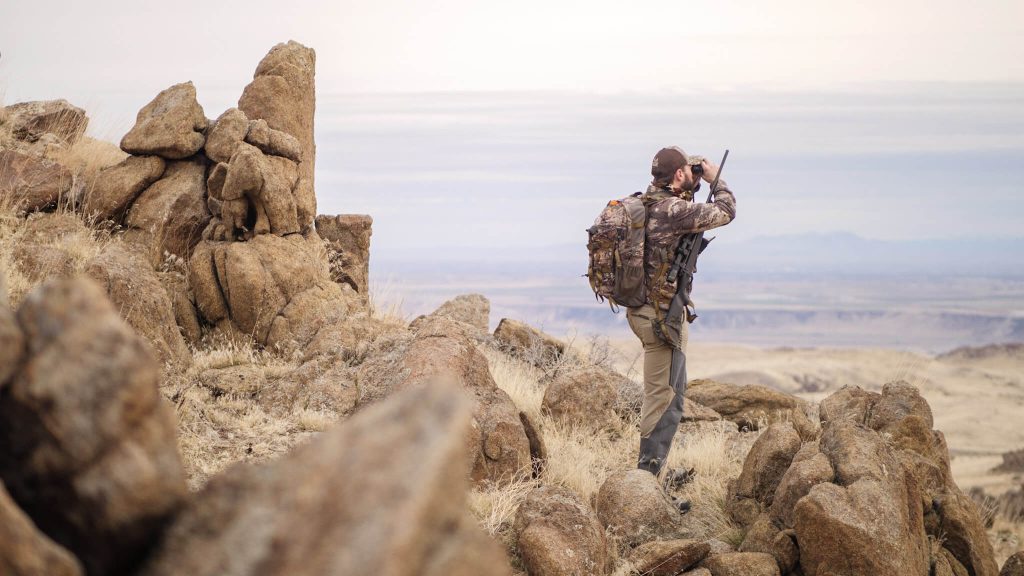
I’ve had good luck with hollowpoint bullets, like Winchester’s recently re-released Wildcat copper bullets. I think the higher velocity CCI’s would be a great idea, too. Sub-sonic bullets are not a good choice.
Once you shoot, the other marmots nearby will run into their burrows. But, if you sit still for another 5-10 minutes, they will probably pop their heads back out and give you another opportunity for a kill.
Meat Care
Marmot meat is red and delicious. It eats the same alfalfa and clover as the cows in the field at the bottom of the cliff. Get the carcass gutted and the meat cooling quickly. The hides are incredibly tough, so bring a sharp knife and don’t be surprised if you need to sharpen it while working. I’m having a hide tanned right now, and I’ll let you know how it turns out.
Be Safe. Small game mammals may have ticks or fleas that carry bubonic plague, Rocky Mountain spotted fever or tularemia. Wear gloves when cleaning and cook the meat thoroughly. Pay attention to the liver, if it is discolored or mushy or swollen, I’d discard the meat.

Marmots are just large squirrels with dark meat. You’ll find early season animals packed full of grass, while later in the season they are packed full of fat. Try your favorite rabbit or squirrel recipe, but be sure to marinate for a long time because the meat can be tough. The texture is a lot like a pork roast, and you can even render the fat from late-season animals. Try this tasty Spice Braised Squirrel recipe to prepare meat for pulled sandwiches or enchiladas.
Have Fun, Hunt Year-round
Small game hunting offers a year-round opportunity to keep your hunting skills sharp, spend time outdoors, and introduce new hunters to the traditions and fun of hunting. When rabbit and bird seasons have closed for the summer, you can still hunt marmots. Many folks shoot rock chucks from afar and they think I’m joking when I say they’re a fun hunt and tasty dinner. But if you get out there and try it, you’ll find marmots are a wary prey and make a delicious pot roast.
So, dust off that .22 and go hunt one of the biggest squirrels in the country.
